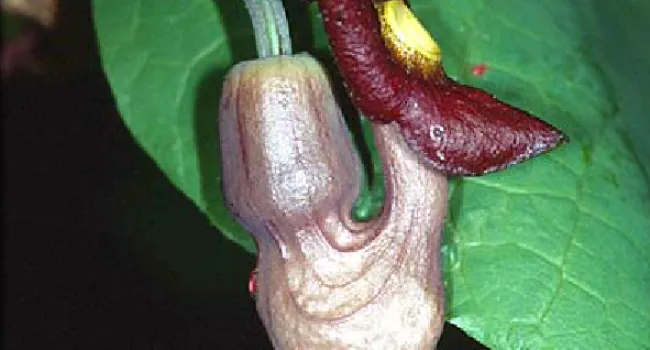
Photo
Although it might sometimes look like a tangled shrub, the woody wine has large heart-shaped leaves and small flowers that look like an old-time smoking pipe, hence the common name. Toxins in the...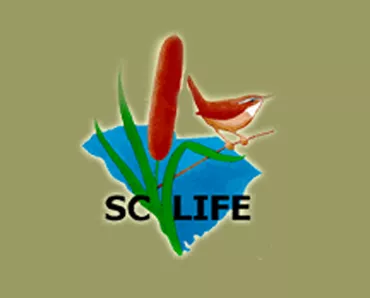
Take a virtual field trip to a South Carolina cove forest and a salt marsh. These virtual field trips were produced in collaboration between Clemson University's SC LIFE Project and South Carolina ETV. The virtual field trips were designed specifically for schools lacking easy access to natural areas.
The SC LIFE Project, supported by an award to Clemson University from the Howard Hughes Medical Institute Undergraduate Science Education Program, uses the natural history of South Carolina (and the Southeast) to illustrate basic biological concepts and to stimulate inquiry-based learning. The SC LIFE Program serves elementary, middle and high school students and teachers. The target grade level of the SC LIFE Virtual Field Trips content is middle school.
SC LIFE materials are available for use only in non-profit educational activities. Any other uses, including activities involving fees for instruction and/or materials, must receive permission from the SC LIFE Project Director. Contact SC LIFE Project Office, 132 Long Hall, Clemson, SC 29634, 864-656-4224, with questions about any of our SC LIFE materials or programs.

Photo
Although it might sometimes look like a tangled shrub, the woody wine has large heart-shaped leaves and small flowers that look like an old-time smoking pipe, hence the common name. Toxins in the...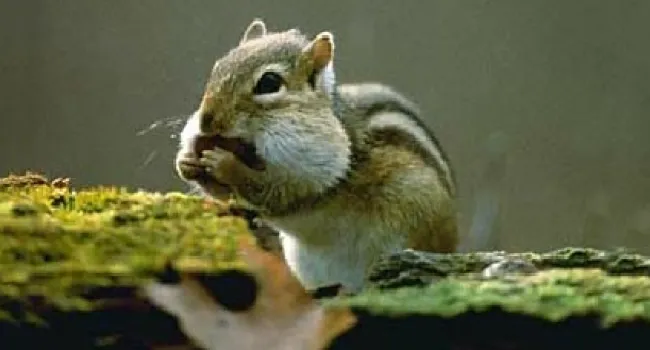
Photo
(Tamias striatus) This ground squirrel is a burrowing mammal but is adept at climbing through trees. Nuts and seeds are the primary food sources; however, flowers, leaves, fungi and small amphibians...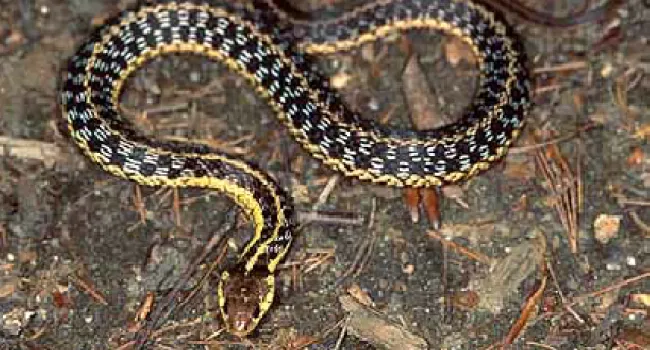
Photo
(Thamnophis sirtalis) This snake has a wide geographic range and is the only snake that extends its range into the northern reaches of Canada. Frogs and salamanders are the primary prey of the garter...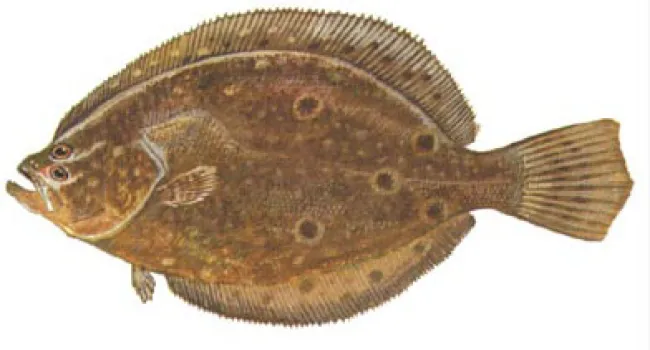
Photo
There are several species of flatfish that occur in South Carolina. These include flounder, soles, and tonguefish. The flatfish lie slightly buried on the bottom, where they wait for prey, such as...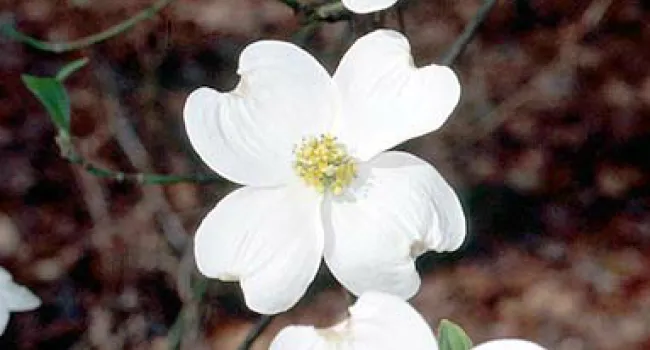
Photo
(Cornus florida) This small understory tree of forests is also widely planted in residential areas. In spring, clusters of small greenish flowers surrounded by four large white petal-like bracts are...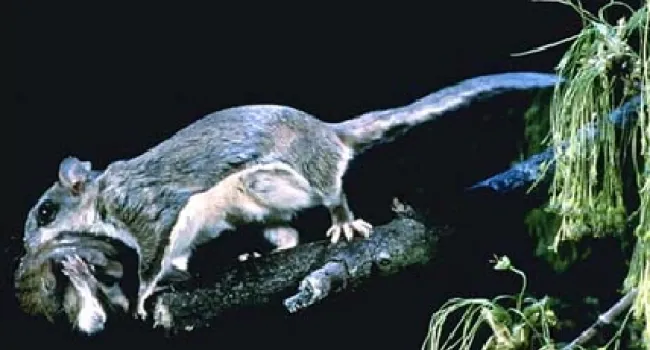
Photo
(Glaucomys volans) This squirrel is one of the most common squirrels in the cove forests. Few are seen since they are strictly nocturnal. The flying squirrel does not fly, rather it glides by using...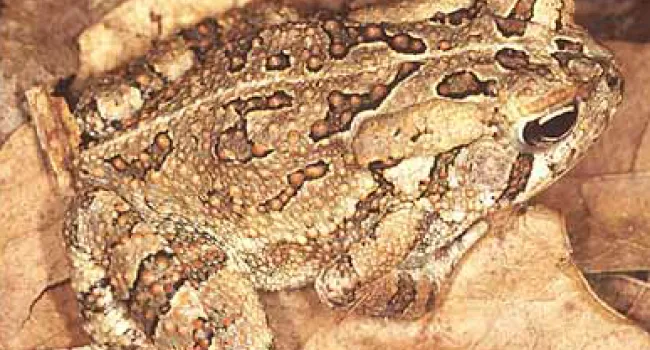
Photo
(Bufo fowler) This toad is commonly found in the deciduous woods of the Carolinas. It differs from the American Toad by having more than two warts in each dorsal dark spot. The large glands behind the...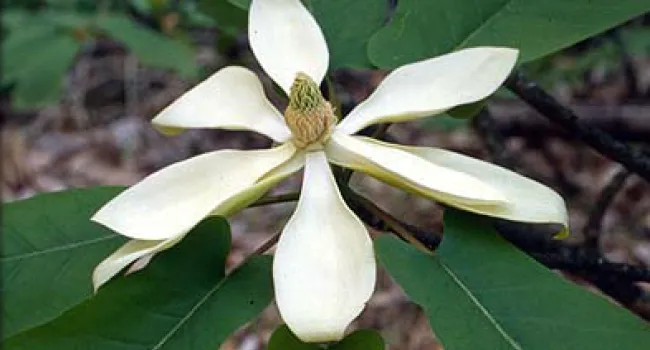
Photo
(Magnolia fraseri) This fast-growing tree with multiple stems, large deciduous leaves, and sweet-scented flowers, occurs in moist slopes and along streams. It is only found in the southern Appalachian...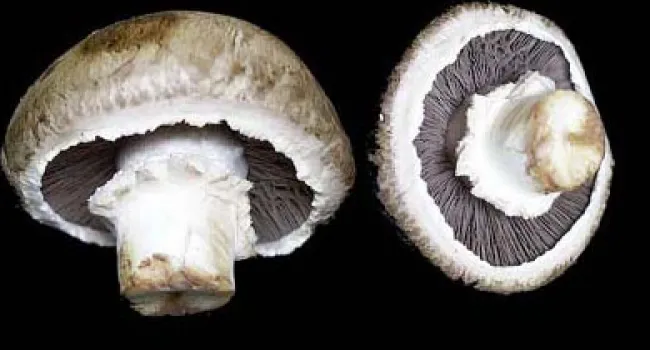
Photo
Fungi are the only kingdom of life not represented in the plankton. Bacteria have only recently been demonstrated to exist in great abundance as our sampling gear has improved enough to capture these...
Photo
Due to high winds, old age and other natural causes, trees frequently fall over, which creates openings (gaps) in the forest. These openings promote species diversity by creating additional and...